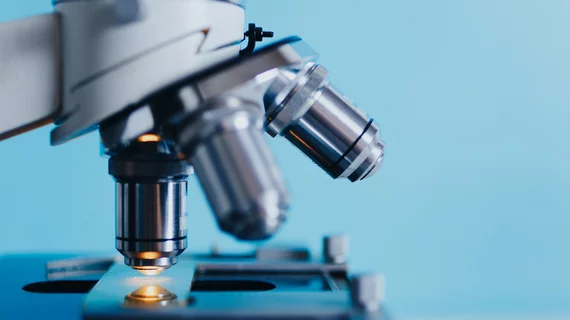AI helps NIH researchers evaluate stem cell-derived tissues
Researchers working for the U.S. government have used deep learning to evaluate stem cell-derived tissue samples, sharing their findings in the Journal of Clinical Investigation. The goal is for the tissue samples to then be implanted into the eyes of patients who could lose their vision due to age-related macular degeneration (AMD).
The team’s research focuses on retinal pigment epithelium (RPE) tissue, which is one of the first parts of the eye to be affected by “dry” AMD. Photoreceptors don’t last without RPE tissue, causing the patient to experience vision loss and even blindness.
The National Eye Institute (NEI), a part of the National Institutes of Health (NIH), and the National Institute of Standards and Technology (NIST) developed an AI-based quality control technique that identified “visual indications of RPE maturation that correlated with positive RPE function.” Those visual characteristics were then fed into machine learning algorithms designed to predict RPE tissue function.
“This AI-based method of validating stem cell-derived tissues is a significant improvement over conventional assays, which are low-yield, expensive, and require a trained user,” co-author Kapil Bharti, PhD, a senior investigator for the NEI Ocular and Stem Cell Translational Research Section, said in a prepared statement on the NIH website. “Our approach will help scale up manufacturing and will speed delivery of tissues to the clinic.”

